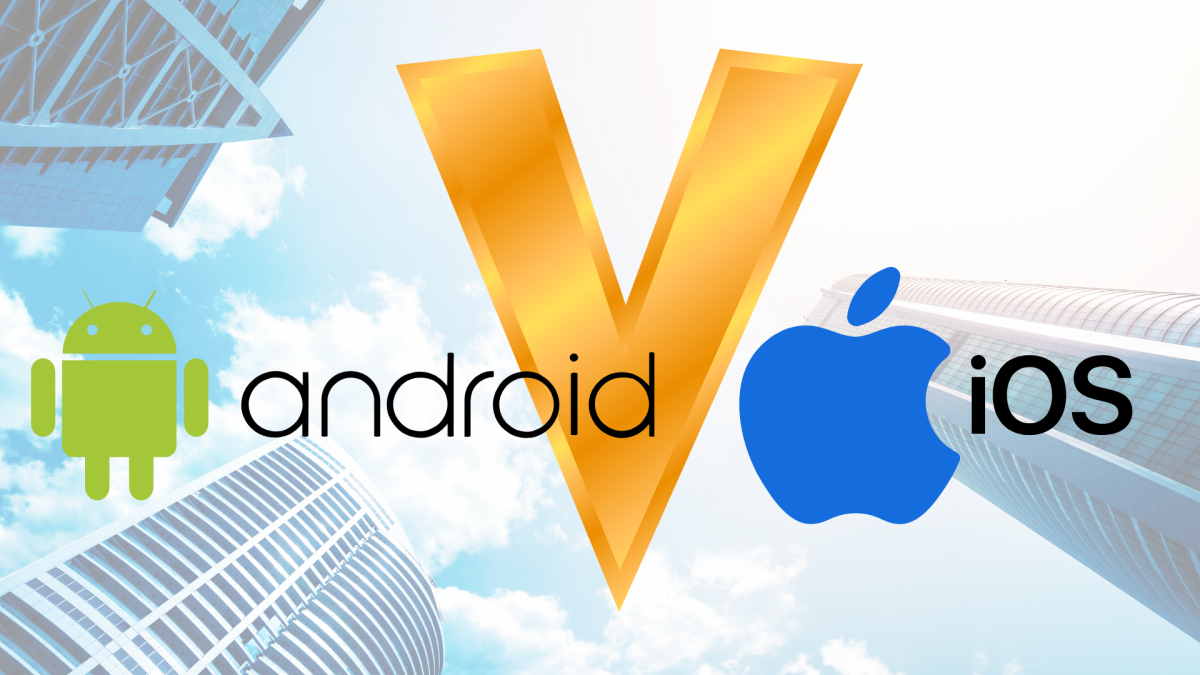
There isn’t any shortage of level of sale (POS) methods (opens in new tab) out there. Lightspeed POS (opens in new tab), Sq. POS, Clover POS (opens in new tab), Shopify POS (opens in new tab), QuickBooks POS (opens in new tab), Revel and Epos Now POS (opens in new tab) are just some of the numerous choices. Whereas a few of these run on Apple’s iOS and a few on Android, a couple of are Home windows-based as effectively.
Apple and Android POS methods are clear frontrunners, provided that these two maintain greater than 70% of the tablet market share (opens in new tab) and 99% of the smartphone market (opens in new tab). However what differentiates these two leaders and the way do you resolve on the very best POS system for your small business? Let’s discover out.
Apple POS vs. Android POS: Options
We’ll begin with a head-to-head comparability of Apple POS (opens in new tab) and Android POS methods primarily based on the highest options related to companies: safety, flexibility, and person expertise.
Safety
Defending your clients’ private and cost knowledge is vital for your small business. All cloud-based POS methods are constructed with knowledge safety and encryption, and due to this fact include a sure minimal assure on safety.
Nonetheless, between Apple’s iOS (working system) and Android OS, you will discover that iOS is understood for its robust safety in each its firmware and software program layers. iOS has an added benefit: since Apple is in full management of its {hardware} and software program, safety fixes and updates occur constantly throughout all their units.
For software program to be safe, it should relaxation on {hardware} that has safety in-built.
Apple
On Android units, it’s left to the discretion of particular person machine producers, and in the event that they aren’t diligent with releasing updates, you would be in hassle.
Hackers are additionally extra prone to goal the vulnerabilities in Android (opens in new tab) software program than Apple POS software program, on account of its giant variety of smartphone customers (73% (opens in new tab)). Furthermore, since Android opens its APIs for integration, the chance for an intrusion is larger than in Apple, which retains its supply code closed.
Flexibility
As Linux-based, partially open supply structure, Android OS is definitively extra customizable than Apple iOS. It figures, given the worth of Apple’s model. So, for those who’re in search of a bespoke POS resolution for your small business, Android is a sexy selection.
Be aware of the monetary and psychological price you will endure in creating a customized level of sale system, although. You may have to a) work out precisely what you need from the POS system for your small business, b) Translate that right into a wireframe and c) discover and rent the appropriate developer – or builders, for pace – to revamp the Android POS system to your wants.
Be sure to do your analysis on who you rent, as a result of the ensuing POS package deal can change into one among two extremes: unnecessarily complicated and contain undue upkeep effort. Or, it’ll merely not even meet your expectations whether it is constructed by a low high quality developer. That stated, for those who’re concerned with flexibility and don’t need one thing off the shelf, the Android POS system is what you’re in search of.

If you go for an Apple POS, you’re tied to the iPad. Android’s compatibility with totally different {hardware} means you’ve obtained many pill choices (opens in new tab) akin to Samsung, Huawei and Lenovo to select from. You’ll be able to mess around with totally different tablets after which resolve which one offers you the form of person expertise and efficiency you’re in search of.
The range in Android’s {hardware} additionally interprets to selection in type elements. From small sizes to a lot bigger ones, even 20-plus inch, you’ve obtained the pliability to cater to totally different person preferences.
It’s not that Android has a poor UX, however Apple has a loyal fan base with regards to its smooth design and fairly person interface. There’s actually an X-factor to Apple’s screens, navigation and general usability. As a POS system, this interprets to with the ability to prepare your employees simply and provides your clients a complicated expertise with regards to self-service kiosks.
However, it’s additionally price contemplating that since Android has a significantly larger market share (opens in new tab) than iOS within the cell OS house, it’s potential that extra of your employees and clients are acquainted with Android than Apple.
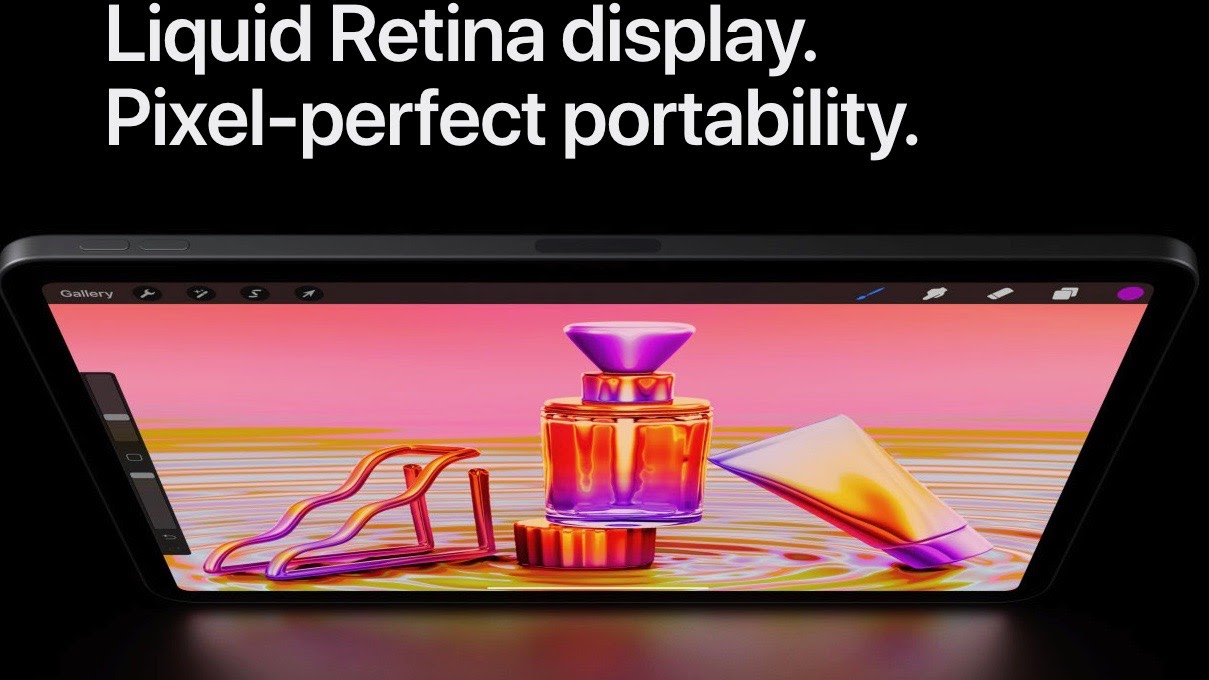
Apple wins over Android in safety and person expertise, however slightly than a dressed-up design, for those who’re in search of sturdy {hardware} that may stand up to wear-and-tear in a busy restaurant or market, Android gives you a wider vary of machine choices.
Additionally, for those who search flexibility and customization, Android POS is the best way to go.
Apple POS vs. Android POS: Efficiency
iOS and Android are such intently aggressive selections that it’s not straightforward to pinpoint which one has higher efficiency. You must issue within the particular pill mannequin and the POS resolution as a result of, whatever the OS, particular person design and implementation matter.
The variations are refined although. Since Apple has a tighter coupling between its {hardware} and software program and Apple retains them in sync on a regular basis, there are fewer possibilities of glitches.
Android controls simply the OS software program, and so integration with {hardware} may transform buggy. Because of this you could check your POS system on the particular machine you’re working (and you would be working on totally different units and variations in numerous areas or shops) and guarantee there are not any efficiency lags.
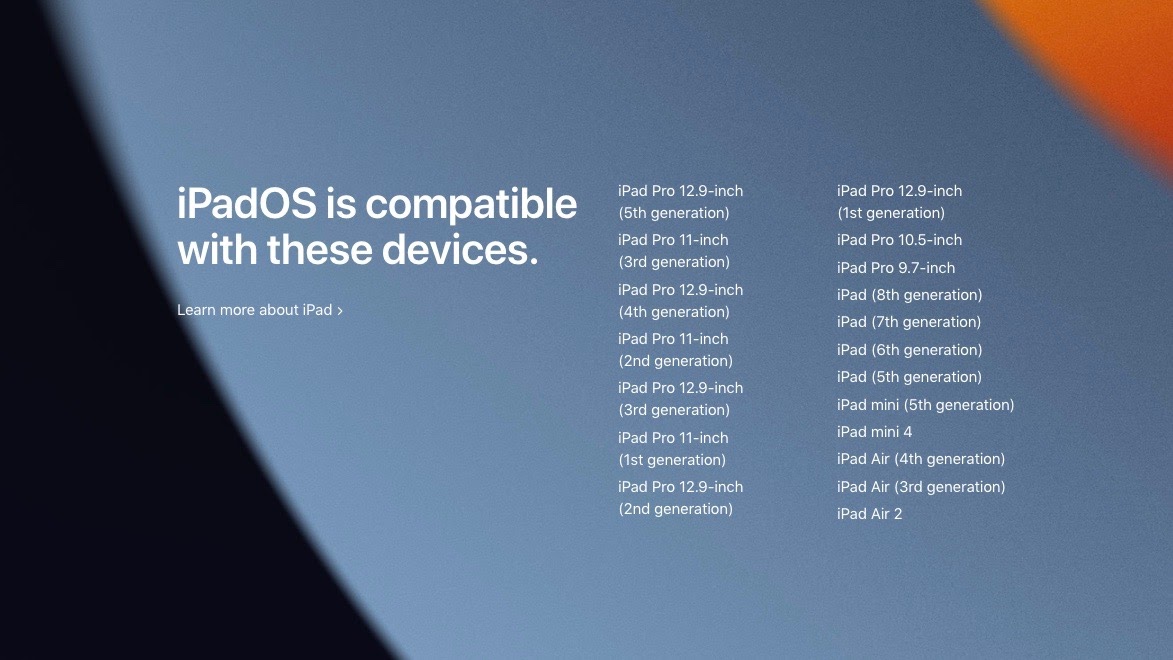
One other facet that comes into play is the frequency and consistency of software program updates.
In iOS, updates are at all times constant throughout all units, however they’re not essentially frequent. The rigorous testing and approval course of typically finally ends up being time-consuming. Then again, Android’s inconsistent updates throughout totally different machine producers carries unexpected efficiency dangers.
iOS has an edge over Android on account of its dependable and synchronized efficiency. Nonetheless, Android isn’t too far behind and, so, it’s higher to dig deeper into the professionals and cons of the particular POS resolution to guage efficiency.
Apple POS vs. Android POS: Assist
AppleCare (opens in new tab) assist and guarantee applications are reasonably priced and complete. The shopper care reps are identified for his or her consideration to element, depth of experience and meticulous strategy to resolving points. However, maybe the best characteristic of their buyer care is its availability. In any case, it’s not tough to search out an AppleCare centre, wherever you’re primarily based.
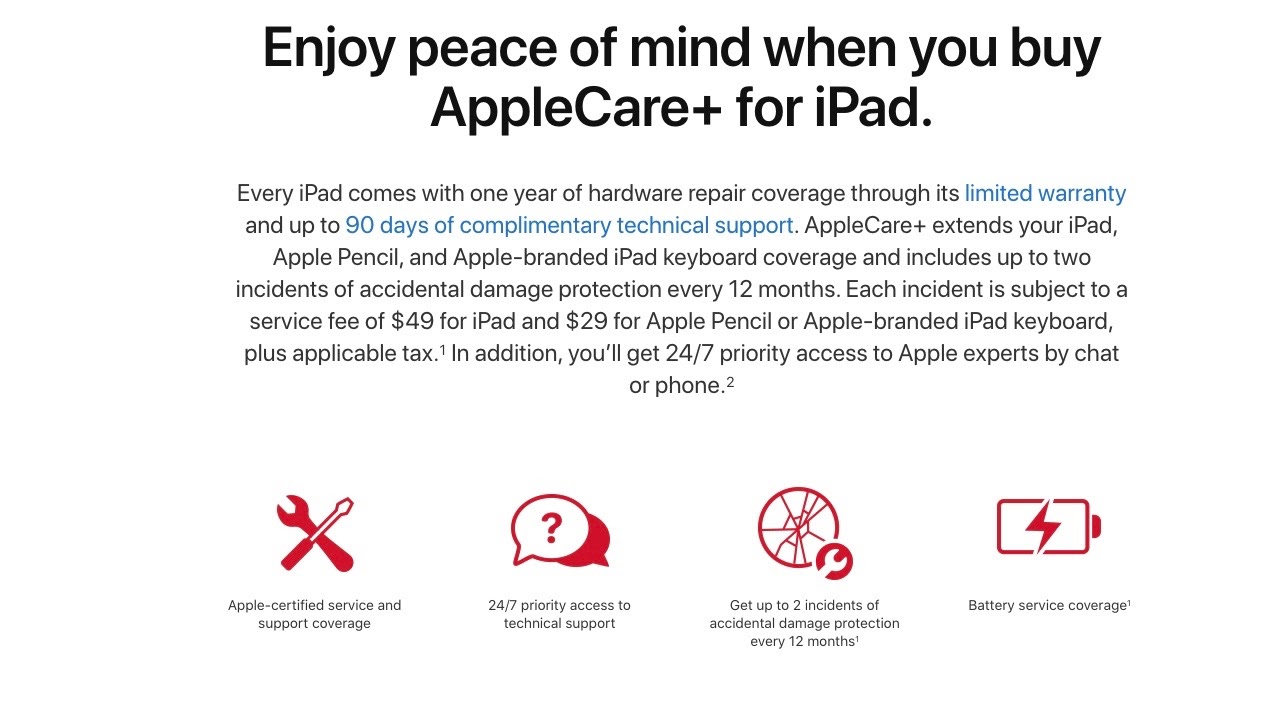
Android’s strategy to assist is extra fragmented, in that it is dependent upon the particular machine producer’s insurance policies and applications.
That doesn’t essentially imply that assist is unhealthy; it simply implies that you could do extra analysis into whether or not you’ve obtained a close-by buyer care centre for, say, Samsung or Lenovo, and the way a lot price is prone to be concerned.
Apple scores fingers down over Android in assist. However, once more, don’t neglect to examine the person POS system’s assist availability by way of channels, timings and prices.
Apple POS vs. Android POS: Pricing and plans
It’s no secret that Apple merchandise price greater than Android. In the event you’re simply establishing one retailer with a single counter, this distinction might not matter a lot. Nonetheless, for those who’re establishing a multi-store mannequin with a number of units inside every retailer, this might add up considerably.
Crucially, with regards to POS pricing (opens in new tab), you can’t simply take a look at machine and working system prices in isolation. You’ve to incorporate different gadgets, akin to the price of the POS system in addition to the upkeep and assist prices to go together with it.
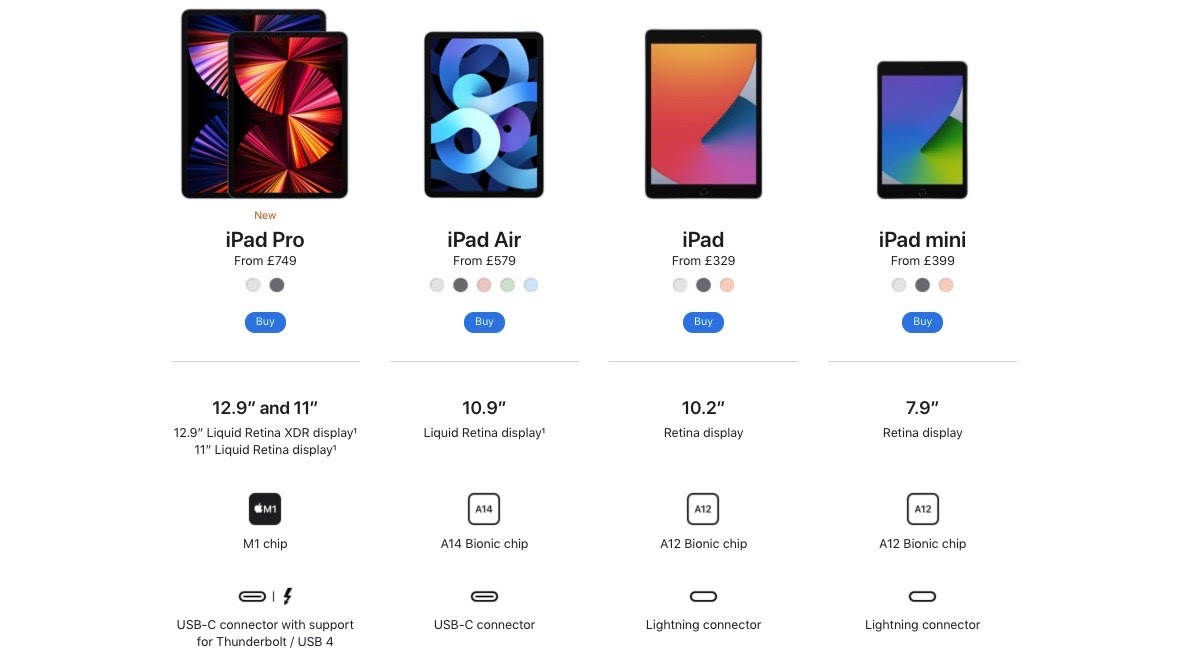
Most POS methods both assist solely iOS (e.g., Lightspeed POS (opens in new tab)) or each iOS and Android (e.g., Sq.). Toast POS (opens in new tab) is without doubt one of the few choices which is barely Android-compatible. In essence, you find yourself getting extra flexibility with pricing plans while you decide iOS.
Apple is dear, however you’ll be able to offset this a bit by selecting a POS system that provides you a beneficial pricing plan.
Apple POS vs. Android POS: Verdict
Apple POS and Android POS run a decent race. The excellent news is that you just can’t go incorrect with both. However, you’ll be able to lean in direction of one aspect primarily based on what you’re in search of. In the event you’re basing your determination purely on funds, Android merchandise shall be simpler in your pockets.
In the event you’re in search of a dependable resolution and don’t wish to spend time tweaking it round, Apple’s iOS is a certain winner. It additionally scores excessive on efficiency, person expertise, safety and assist. Nonetheless, in case your necessities are out-of-the-box and also you’re eager on customization, Android POS is the appropriate enterprise selection.
